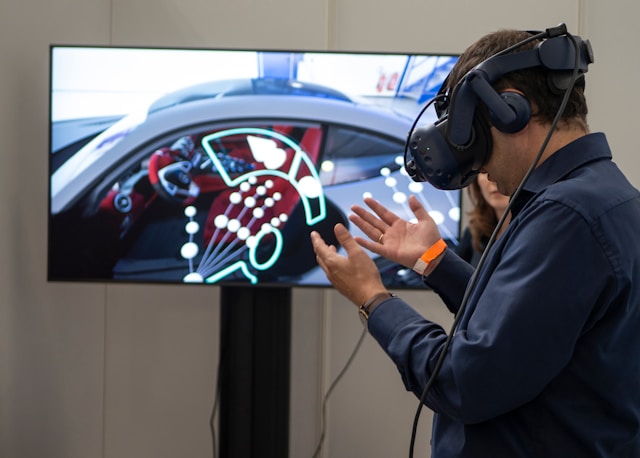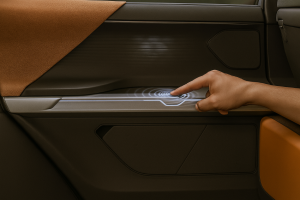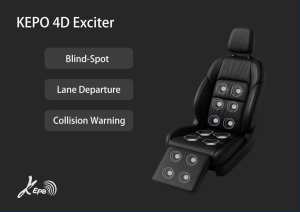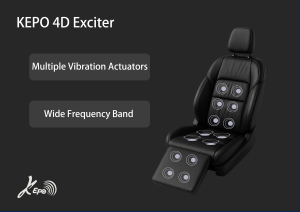In the realm of electronic devices, feedback mechanisms play a pivotal role in enhancing user experience. Among the various forms of feedback—visual, auditory, and haptic—haptic feedback stands out for its unique ability to engage users on a tactile level. In this blog, we explore the advantages of haptic feedback in electronic devices, focusing on its capacity to increase interactivity, improve perception of virtual targets, and integrate seamlessly with gesture control technology to provide convenience in daily life.
Increasing Interactivity
Haptic feedback adds a new dimension to user interaction by providing tactile cues that simulate the sense of touch. Unlike visual or auditory feedback alone, haptic feedback allows users to physically feel responses from their devices, creating a more immersive and engaging experience. For instance, in gaming consoles, haptic feedback enhances gameplay by providing sensations such as vibrations or resistance, making users feel more connected to the virtual environment. This increased interactivity not only makes interactions more enjoyable but also facilitates better control and responsiveness, ultimately enhancing user satisfaction.
Improving Perception of Virtual Targets
In virtual environments, accurately perceiving and interacting with virtual targets can be challenging without tangible feedback. Haptic feedback addresses this issue by providing tactile sensations that correspond to virtual objects or actions, improving users’ perception and understanding of their interactions. For example, in virtual reality (VR) applications, haptic feedback can simulate the sensation of touching objects, enabling users to better navigate and manipulate virtual environments. By bridging the gap between the digital and physical worlds, haptic feedback enhances immersion and realism, making virtual experiences more intuitive and compelling.
Integrating Gesture Control Technology for Convenience
The integration of haptic feedback with gesture control technology offers a convenient and intuitive way to interact with electronic devices in daily life. By combining tactile feedback with hand gestures, users can interact with devices without the need for physical buttons or touchscreens, streamlining tasks and minimizing distractions. For instance, in smart home systems, haptic feedback can confirm gesture commands such as swipes or taps, providing users with reassurance and feedback without requiring visual confirmation. This seamless integration enhances user convenience and accessibility, making interactions with electronic devices more intuitive and user-friendly.
In conclusion, haptic feedback in electronic devices offers numerous advantages, including increased interactivity, improved perception of virtual targets, and enhanced convenience through integration with gesture control technology. By leveraging the sense of touch, haptic feedback enriches user experiences, making interactions with electronic devices more engaging, intuitive, and satisfying. As technology continues to evolve, haptic feedback will likely play an increasingly important role in shaping the future of user interaction and interface design.






